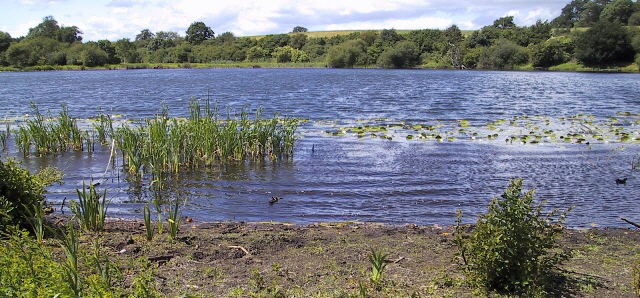Introduction to axiophytes
Axiophytes are “worthy plants” - the 40% or so of species that arouse interest and praise from botanists when they are seen. They are indicators of habitat that is considered important for conservation, such as ancient woodlands, clear water and species-rich meadows.
They are not the same as rare plants: species that have only ever been recorded in one or two sites in a county are often just chance occurrences, and have little ecological (or statistical) significance.
Lists of axiophytes provide a powerful technique for determining conservation priorities. Sites with many axiophytes are usually of greater importance than those with fewer; and changes in the number of axiophytes in a site over time can be used for monitoring the outcome of management practices.
Links
Access the dataset giving axiophyte scores for plants in 24 counties in Great Britain. To download the data: click 'login' in the top right of this page; create an account; download the data and supporting documentation. The data were derived from published axiophyte lists developed by BSBI County Recorders and were then processed by Dr Kevin Walker, BSBI Head of Science, into the Open Access data product available to all.
Contact Dr Walker for more information.

What are axiophytes for?
1. Evidence for site designation
Lists of axiophytes for various BAP habitats can be used as an empirical measure for sites of nature conservation interest. This allows landowners and others to see how decisions have been made.
2. Protecting the wider countryside
Each grid square in the countryside can be assigned a number according to the total number of axiophytes present. For axiophyte-rich squares, full surveys need to be carried out, and potentially damaging operations can be directed away from the most important areas.
3. Monitoring site condition
Because lists of axiophytes are much longer than the lists of rarities, they are much more sensitive to changes in ecology. If protected sites and nature reserves had lists of axiophytes, their abundance could be measured over the years and decades to see how well they are performing.
4. Prioritising resource allocation
Because each site can be ranked according to the number of axiophytes it contains, a relative scale of site importance can be created, using a quantifiable method. Axiophytes are therefore a more effective way to allocate conservation resources.
Sites which have lost the most axiophytes most recently might well be the most promising ones for restoration. Targets can be set and monitored by specifying which axiophytes will benefit. Several Nature Improvement Area projects use axiophytes as a way to monitor progress of nature conservation projects in the wider countryside.